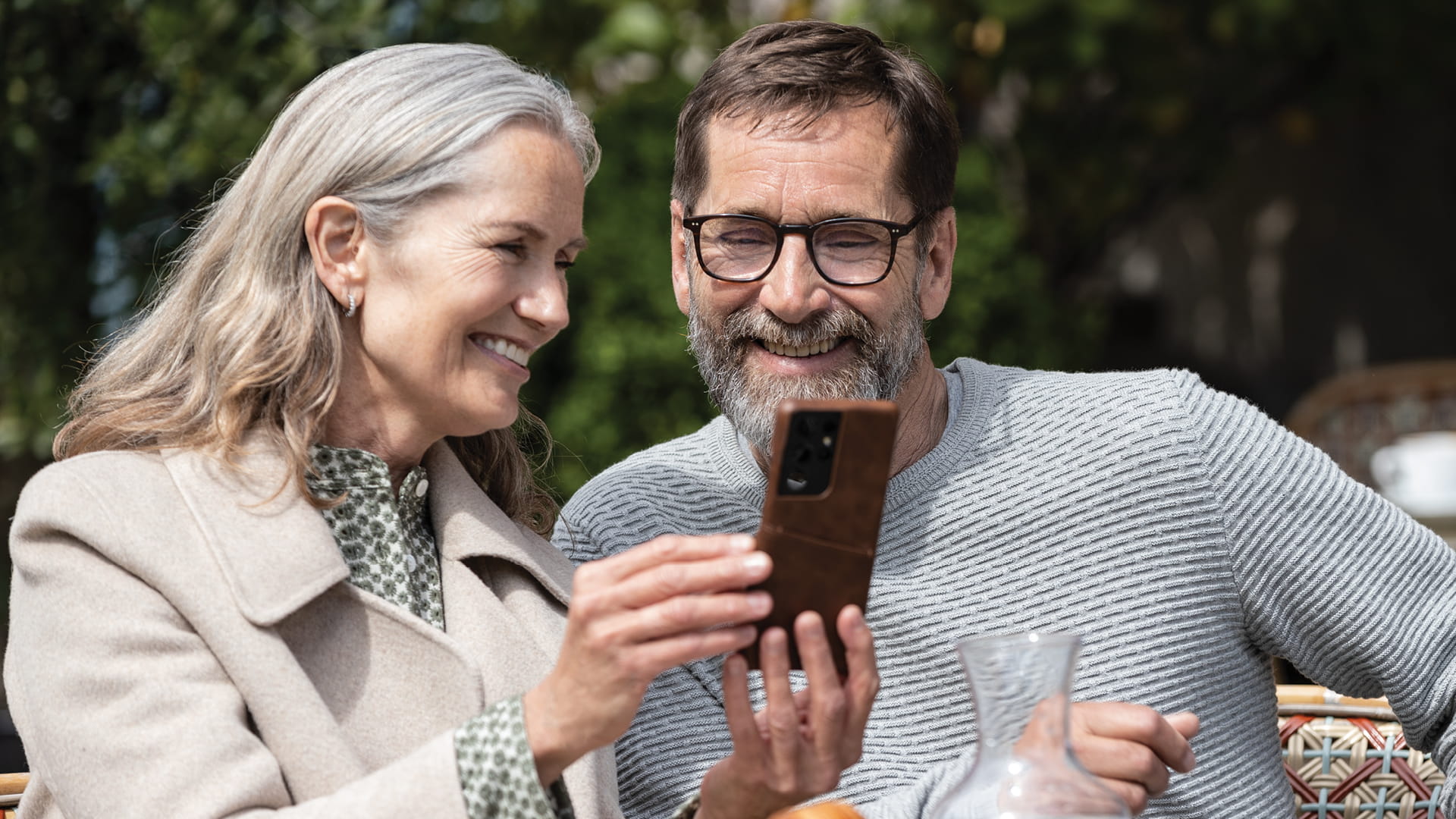
The Real-Life Benefits of PureSound
In an international study of hearing aid users, Widex PureSound technology delivers results beyond expectations.
Created Updated
As a technology company, we aim to help develop solutions to challenges facing the hearing aid industry. Our goal is to ensure these solutions provide a real, audible difference that positively impacts the lives of the people who wear our hearing aids.
That’s why we conduct several tests and surveys of our products every year. And PureSound – arguably our biggest audiological innovation to date – demonstrates our ability to improve the lives of those with hearing loss.
Our ambition with PureSound was to eradicate the delay-based distortion that leaves so many hearing aid users with the feeling that the tinny, artificial sound they’re experiencing is just the way hearing aids sound. The disappointment and frustration this can cause is a key reason for returned or unused hearing aids.
By giving hearing aid users a sound that feels natural, we hoped to improve this initial experience. To our surprise, the real-life effect was even greater.
From Controlled Studies to Real-World Experiences
ZeroDelay™ – the technology that powers the PureSound experience – was initially tested in more controlled studies. The data we got from these assessments proved that users preferred PureSound to standard delay, that speech intelligibility was on par with the industry, and that ZeroDelay elicited a stronger and more faithful neural response to speech. But we still didn’t know how people felt about the PureSound experience in real life.
To remedy this, we embarked on a survey of people around the world with mild to moderate hearing loss who used Widex Moment™ with PureSound in their daily lives. We asked them to rate their experience and satisfaction with PureSound compared to their own hearing aids. Although we didn’t have specific delay measurements for the users’ own hearing aids, PureSound processing is so much faster than all other digital hearing aids that we can assume there was a difference in delay*.
PureSound Delivers Across the Board
The PureSound advantage was clear throughout the survey but was particularly strong on the questions where we expected delay to make a difference. This demonstrated how well our acoustic measurements translated to real-life experiences:
• More than four times as many respondents strongly agree that the sound is natural for PureSound, compared to their own hearing aids. The lower delay of PureSound was clearly associated with high naturalness ratings (figure 1.). This result is particularly pleasing since the respondents could discern a more natural sound despite being habituated to their own hearing aids and therefore acclimated to their tinny, unnatural sound.
• More than three times as many respondents strongly agree that the sound is clear for PureSound, compared to their own hearing aids. Clarity and naturalness (figure 2.) are related, and high clarity ratings are also likely due to the absence of comb-filtering (delay-based distortion).

• Own voice perceived as more natural for PureSound than for own hearing aids – This result was particularly interesting – and somewhat unexpected – since these are experienced users who should be very used to how their own voice sounds in their own hearing aids (figure 3). Yet, more people found PureSound natural.
• 95% indicated good ability to localize sources with PureSound versus 67% for their own hearing aids – Again, this is an area where we would expect the user’s adaptation to their own hearing aids to supersede PureSound (figure 4.).

More than 10 times as many respondents are very satisfied in noisy backgrounds with PureSound, compared to their own hearing aids. In addition to the specifically delay-related parameters, the survey also included more general questions about hearing aid experience. Among these was satisfaction with hearing in noise, which is a crucial factor in overall hearing aid satisfaction. The results showed that 82% were satisfied with PureSound in noisy backgrounds, confirming the appropriateness of the choices made for the program. This is a very strong result for such a difficult situation and compares favorably to users’ satisfaction with their own hearing aids at 54%.
More Than We Expected, But Why?
Two results in particular – noisy backgrounds and source localization – delivered above and beyond our expectations, but what’s the reason for this? Our theory is that while PureSound works differently to traditional noise reduction, people are happier with their performance in noisy backgrounds because the sounds are more natural. With the full soundscape being made available to the brain, it’s possible that sound cues are more easily decoded (see Slugocki et al: Hearing Review, August 2020).
All these positive user experiences come together to prove just how well PureSound delivers real results to real users in real hearing situations. We hope they also give you the confidence that our Moment hearing aids and PureSound can make a difference to your patients as well.
* F. Kuk and C. Slugocki, “Quantifying Acoustic Distortions from Hearing Aid Group Delays,” WidexPress, vol. 44, 2021